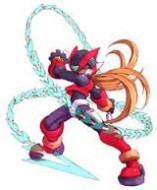Page 1 of 1 [ 5 posts ]
Kraichgauer
Veteran

Joined: 12 Apr 2010
Gender: Male
Posts: 48,449
Location: Spokane area, Washington state.
Kraichgauer
Veteran

Joined: 12 Apr 2010
Gender: Male
Posts: 48,449
Location: Spokane area, Washington state.






